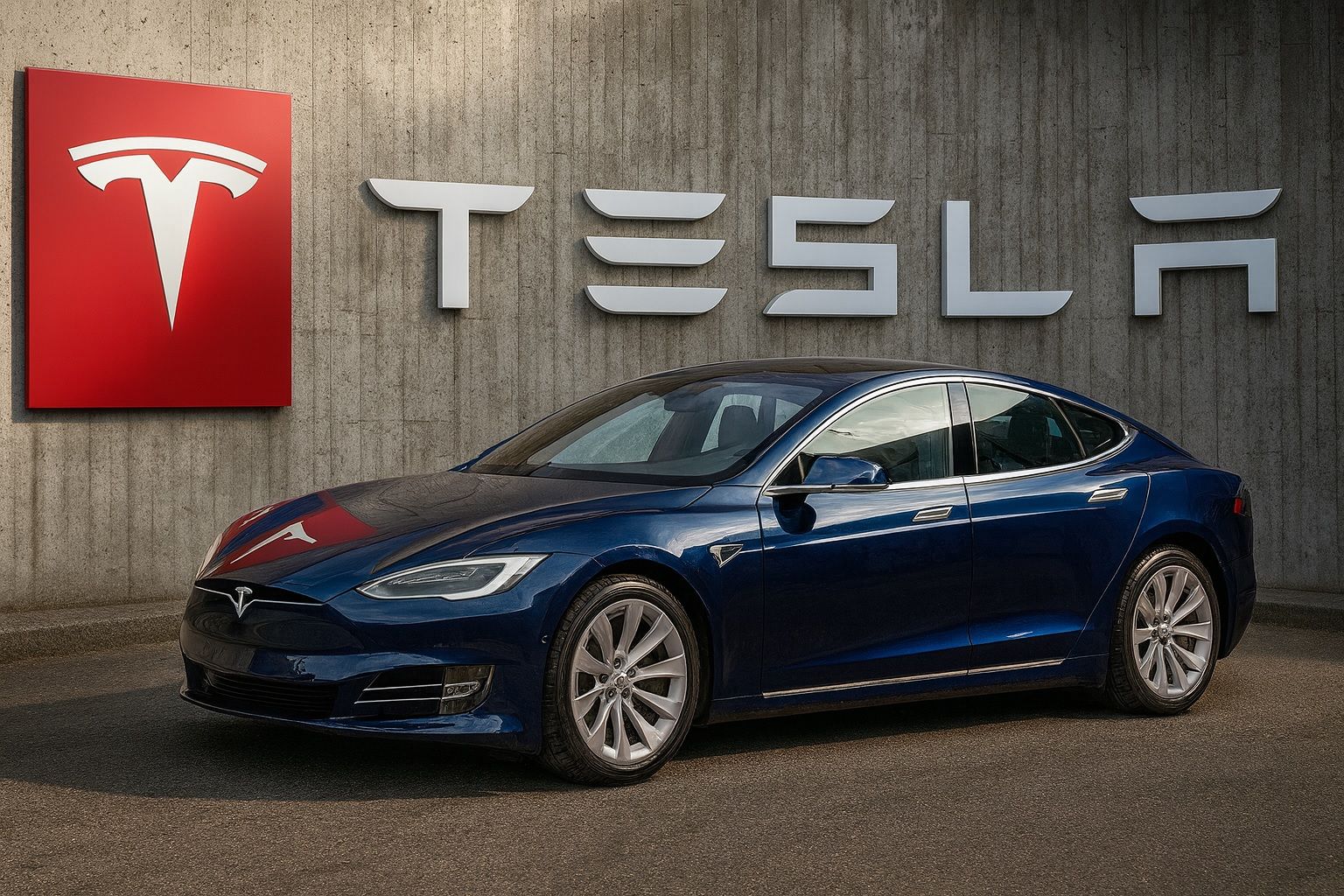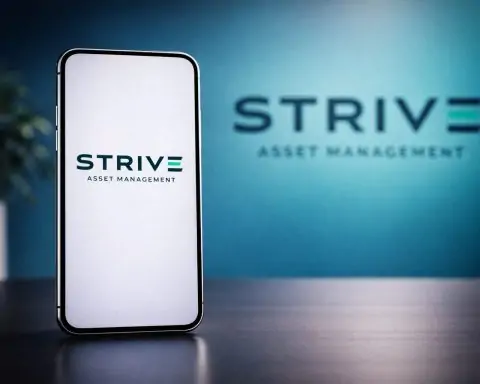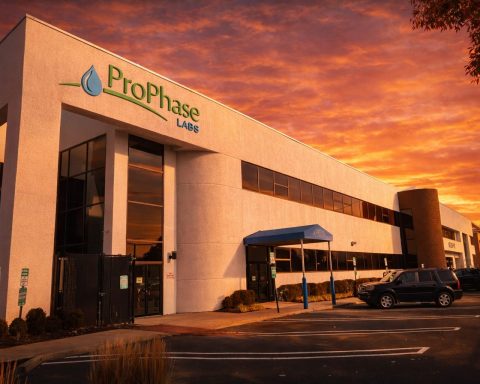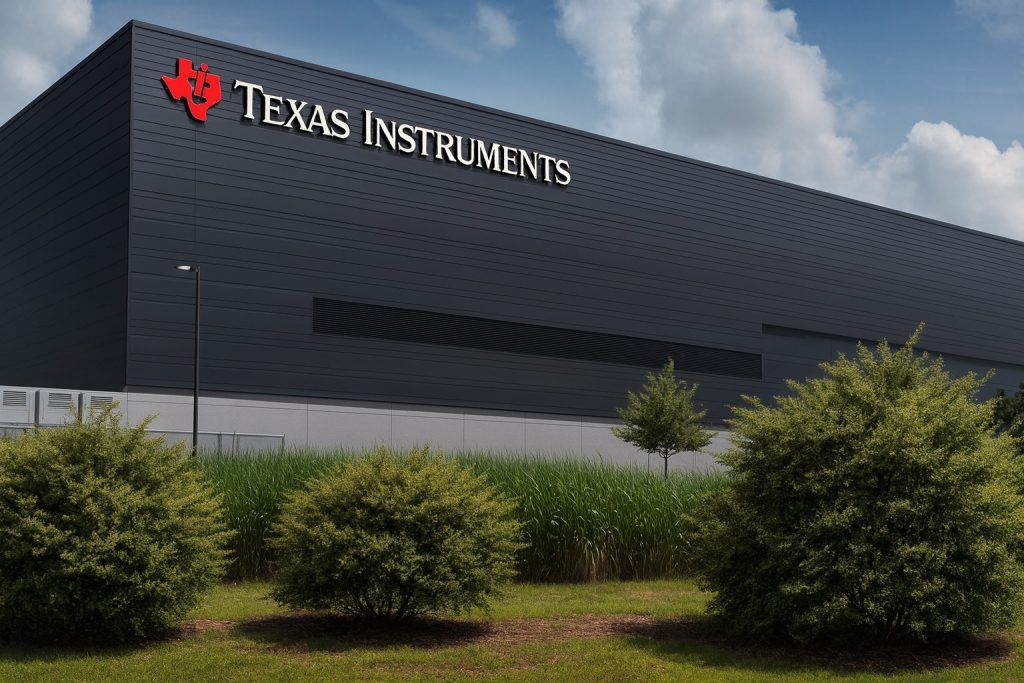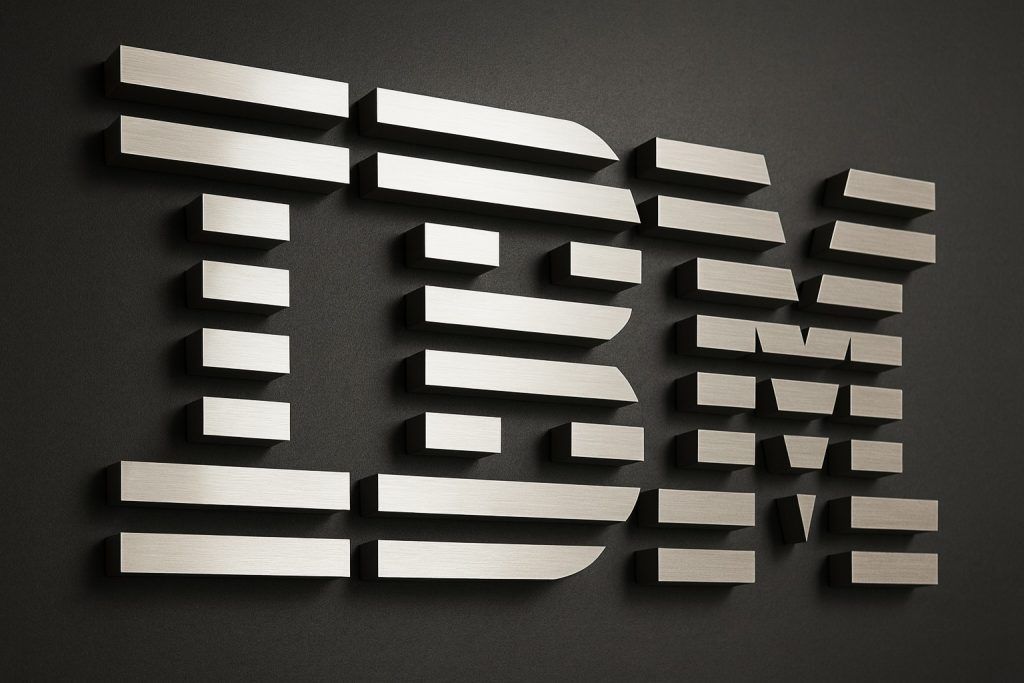- Near-term rally: Tesla shares climbed into the mid-$440s (near a 52‑week high) by Oct 21, up roughly 80% in 2025 [1], vastly outperforming the S&P 500.
- Record Q3 deliveries: Tesla delivered 497,099 vehicles in Q3 2025 – the most in any quarter and +7.4% year-over-year [2]. This was driven by a late-September rush as U.S. buyers rushed to claim expiring EV tax credits.
- Revenues hit all-time high: Q3 revenue was about $28.1 billion, topping the ~ $26.3 billion Wall Street forecast [3] [4]. The surge in sales was offset by an aggressive discounting strategy.
- Profit miss: Tesla reported adjusted EPS of $0.50 (GAAP $0.39) vs. the $0.54 consensus estimate [5] [6]. Operating income fell ~40% year-over-year, reflecting squeezed auto margins [7].
- Stock reaction: Shares dipped about 2% after hours on Oct 22 after the earnings release [8]. (They had run up sharply in prior sessions on optimistic news like Tesla’s proposed $1 trillion pay plan and Musk’s $1 billion stock buy [9] [10].)
- Analyst views: Experts are polarized. Bullish Tesla bulls like Wedbush’s Dan Ives reaffirm a $600 price target (see quote below), while skeptics cite a $307 target from BNP Paribas [11]. The average 12-month target is roughly $365 (implying ~18% downside) [12].
- Outlook & risks: Investors will scrutinize Tesla’s next moves – including robotaxi and FSD progress, the uptake of its new “Standard Range” models, and how it copes without U.S. EV tax credits. Concerns include intense EV competition (e.g. China’s BYD), a slowing tax-credit-driven demand bump, and governance issues like Musk’s pay package which proxy advisors have urged shareholders to reject [13] [14].
Tesla’s Q3 earnings report was a study in contrasts. Record vehicle sales propelled revenue to a record $28.1 billion, but higher costs and deep price cuts squeezed profits [15] [16]. CEO Elon Musk highlighted that the quarter benefited from “pull-forward” purchases ahead of tax-credit expirations. However, he warned that “a few rough quarters” could follow now that subsidies have ended [17] [18]. Indeed, operating income fell about 40% from a year ago [19] [20], reflecting narrower automotive margins as Tesla slashed prices on its popular models.
Investors are closely watching whether demand will hold up. Tesla’s standard-range Model 3/Y variants (introduced early Oct) trade short-term profit for volume [21] [22], and analysts worry about sustaining growth without the tax-credit boost. Cantor Fitzgerald analyst Andres Sheppard notes that rollout of robotaxis, ramping up lower-cost models, and Tesla’s next-gen Optimus humanoid bot are key near-term catalysts [23]. But as Morningstar’s Dave Sekera quips, “the market is really pricing Tesla more as an AI stock than as an operating company” [24] – meaning Tesla’s lofty valuation rests on future tech wins (like autonomous driving) that are still unproven.
On Wall Street, price targets diverge widely. Wedbush’s Dan Ives remains one of Tesla’s top bulls, reiterating a $600 target as he champions Tesla’s AI-driven autonomy potential. “The AI era is now here,” Ives says, valuing Tesla’s autonomous platform as a “$1 trillion” opportunity [25]. By contrast, BNP Paribas analyst James Picariello started coverage at Sell with a $307 target, arguing Tesla’s $1+ trillion market cap already prices in an overly optimistic robotaxi story [26]. RBC Capital Markets sits in between, recently raising its PT to $500 using a sum-of-the-parts model that heavily weights Tesla’s AI/robotics divisions [27]. Goldman Sachs, Barclays and others advise caution, citing execution risks. (For example, Barclays notes that tax-credit expirations and waning regulatory-credit sales have “increasingly disconnected” Tesla’s stock from its fundamentals [28].)
In summary, Tesla’s latest earnings cemented its status as an EV and tech leader, but also underscored new challenges. The stock’s recent rollover (from 52-week highs) shows traders are “on edge” [29]. With shares up nearly 100% from last year’s lows (yet only modestly ahead year-to-date) [30] [31], any hiccup on future delivery guidance or margin squeeze could hurt sentiment. On the upside, investors are betting on ambitious plans – from the Cybertruck to a potential <$30,000 Model 2 – to reignite growth beyond 2025 [32] [33]. As Tesla transitions fully into an “AI and robotics” era, only time will tell if its soaring stock justifies the hype.
Sources: Recent news and analysis from Tesla’s Q3 earnings release and conference call [34] [35]; reports by Reuters [36] [37]; market commentary from TS2.Tech, Business Insider, and Investopedia [38] [39] [40] (see text for details). Quotes and data are taken from these sources.
References
1. ts2.tech, 2. ts2.tech, 3. www.businessinsider.com, 4. ts2.tech, 5. www.businessinsider.com, 6. www.teslarati.com, 7. www.businessinsider.com, 8. www.businessinsider.com, 9. www.reuters.com, 10. ts2.tech, 11. ts2.tech, 12. ts2.tech, 13. ts2.tech, 14. www.reuters.com, 15. www.businessinsider.com, 16. www.teslarati.com, 17. ts2.tech, 18. www.teslarati.com, 19. www.businessinsider.com, 20. www.teslarati.com, 21. ts2.tech, 22. ts2.tech, 23. www.businessinsider.com, 24. www.businessinsider.com, 25. www.businessinsider.com, 26. ts2.tech, 27. www.businessinsider.com, 28. 247wallst.com, 29. ts2.tech, 30. www.businessinsider.com, 31. www.investopedia.com, 32. ts2.tech, 33. 247wallst.com, 34. www.businessinsider.com, 35. www.teslarati.com, 36. www.reuters.com, 37. 247wallst.com, 38. ts2.tech, 39. ts2.tech, 40. www.businessinsider.com
